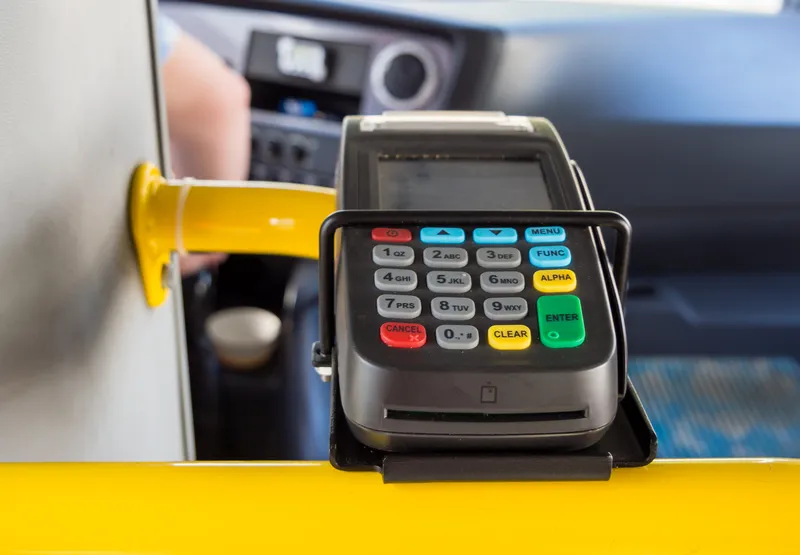
Cubic says its technology harnesses the flexibility and power of cloud computing for customer-focused solutions and is already bringing benefits to a wide range of clients across the globe. Service is delivered cost effectively: the flexible pay-as-you-use model of cloud hosting means customers draw on and pay for only the resources they need.
Also being showcased is Cubic’s tolling solution, based on a multi-pronged approach incorporating an innovative back office system including customer account management, account-based transaction processing, reporting and performance dashboards and a clearinghouse – all within a single enterprise service bus.
As the company points out, it has pioneered revenue management for 45 years and for some of the world’s most iconic cities. That spirit of solutions development responsive to customers’ needs is still at the core of Cubic’s business. Today's mobility challenges demand technologically advanced and imaginative solutions: the company’s end users expect that the advances they experience in the rest of their lives are reflected in how they travel.









